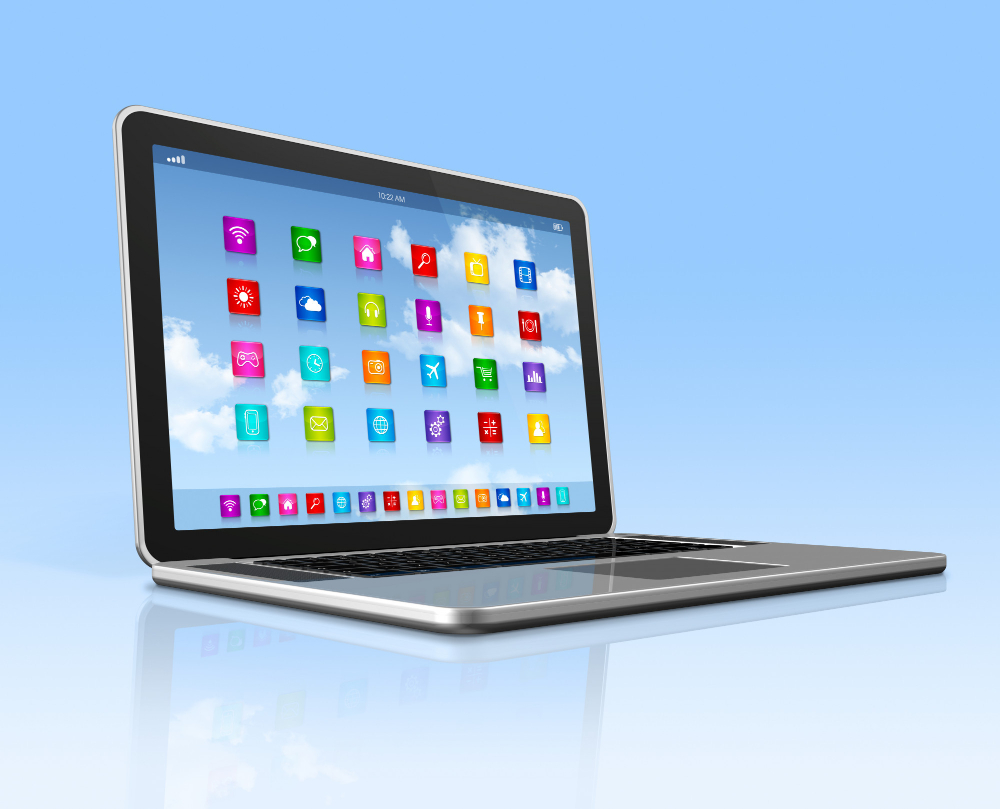Windows 11 offers a sleek and efficient interface, but it often comes preloaded with unnecessary apps and bloatware that can slow down performance and consume valuable storage. Removing these unwanted programs can improve speed, free up disk space, and provide a cleaner user experience. This comprehensive guide will walk you through the process of identifying and removing bloatware from your Windows 11 PC.
What is Bloatware?
Bloatware refers to pre-installed or third-party applications that you rarely or never use. These apps can come from manufacturers, carriers, or even Microsoft itself. Some bloatware may include trial software, redundant system tools, or ad-supported programs.
Why Remove Bloatware?
Removing bloatware from your Windows 11 PC has several benefits:
- Frees Up Disk Space: Redundant apps consume valuable storage.
- Boosts Performance: Fewer apps running in the background mean faster load times and better responsiveness.
- Enhances Security: Some pre-installed apps may have vulnerabilities that could expose your PC to security risks.
- Improves Aesthetics: A clutter-free system provides a better user experience.
1. Uninstall Apps via Settings
The easiest method to remove unwanted apps is through the Settings menu.
Steps to Uninstall Apps:
- Press Windows + I to open Settings.
- Navigate to Apps > Apps & Features.
- Scroll through the list and locate the app you wish to uninstall.
- Click the three-dot menu next to the app and select Uninstall.
- Confirm and follow the prompts to complete the uninstallation.
Why It Works: This method is simple and effective for standard apps, but some pre-installed programs may not be removable this way.
2. Use PowerShell to Remove Bloatware
PowerShell provides more control over the removal of stubborn bloatware.
Steps to Remove Bloatware Using PowerShell:
- Press Windows + S and search for PowerShell.
- Right-click Windows PowerShell and choose Run as Administrator.
- Use the following command to list all installed apps:
Get-AppxPackage | Select-Object Name, PackageFullName - Identify the app you wish to remove and use the command below:
Get-AppxPackage *AppName* | Remove-AppxPackage(Replace AppName with the app’s name.)
Why It Works: PowerShell allows you to remove system apps that cannot be uninstalled through the standard interface.
3. Remove Pre-installed Apps via Control Panel
Some older programs and third-party applications can still be removed through the Control Panel.
Steps to Use Control Panel:
- Press Windows + S and search for Control Panel.
- Click Programs > Programs and Features.
- Select the unwanted app and click Uninstall.
Why It Works: This method is helpful for uninstalling legacy apps and third-party software.
4. Disable Startup Programs
Even if you uninstall bloatware, some apps may still run at startup. Disabling these can enhance boot speed.
Steps to Disable Startup Programs:
- Press Ctrl + Shift + Esc to open Task Manager.
- Navigate to the Startup tab.
- Right-click on unnecessary apps and select Disable.
Why It Works: Disabling startup apps prevents unnecessary programs from launching at boot.
5. Use Third-Party Tools
Several third-party tools can automate the bloatware removal process.
Recommended Tools:
- CCleaner: Known for its deep cleaning and uninstallation features.
- Bulk Crap Uninstaller (BCU): Removes multiple apps at once.
- O&O AppBuster: Specifically designed to remove Windows 11 bloatware.
How to Use Third-Party Tools:
- Download and install the software.
- Run the program and select apps to remove.
- Confirm and uninstall selected apps.
Why It Works: These tools offer batch removal, saving time and ensuring thorough cleanup.
6. Remove Unnecessary Features
Windows 11 includes optional features that may not be useful for every user.
Steps to Remove Features:
- Go to Settings > Apps > Optional Features.
- Scroll through and uninstall features you don’t use.
Why It Works: Reducing optional features lightens system load and improves efficiency.
7. Reset Windows 11 (Optional)
If your system is heavily bogged down by bloatware, consider resetting Windows 11.
Steps to Reset Windows 11:
- Go to Settings > System > Recovery.
- Under Reset this PC, click Get Started.
- Choose Remove everything and follow the prompts.
Why It Works: Resetting Windows reinstalls the OS, removing all bloatware and unnecessary apps.
Conclusion
Removing unwanted apps and bloatware from Windows 11 can significantly enhance system performance and improve the overall user experience. By following this step-by-step guide, you can declutter your PC, free up valuable resources, and ensure a more efficient and secure operating environment.







